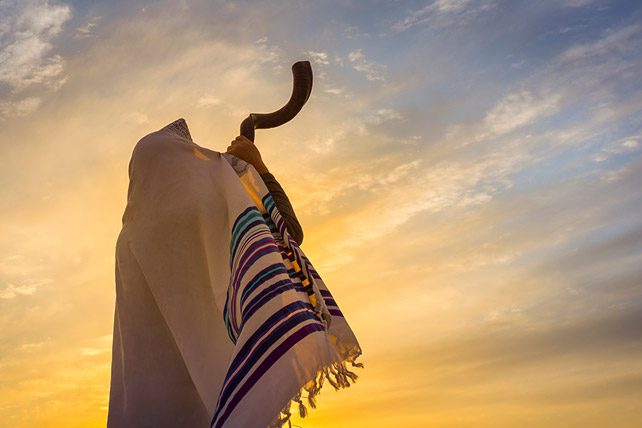The Book of Leviticus, a pivotal section of the Torah (also known as the Pentateuch), serves as a cornerstone in understanding the Israelites’ religious ordinances and rituals during Moses’s time. Among its chapters, Leviticus 23 stands out, detailing God’s appointed festivals and sacred events designed for communal observance and spiritual reflection. This chapter is not merely a list of dates and rituals; it encapsulates profound theological symbolism and a deep connection between the Israelites and their covenant with God.
Leviticus 23 speaks with divine authority, outlining the specific festivals and holy days that the Israelites were commanded to observe. These instructions, delivered from God to Moses, were not arbitrary; they were designed to keep the community in a constant rhythm of work, worship, and rest. The chapter meticulously lists these special times, from the weekly Sabbath to significant annual events such as the Passover and the Day of Atonement, instilling a structure for remembrance, gratitude, and atonement in the Israelite’s lives.
The Feasts in Leviticus 23
The feasts detailed in Leviticus 23 include:
- The Sabbath: Although not technically a “feast,” the Sabbath is a weekly day of rest and reflection, setting a pattern of work and worship.
- Passover (Pesach): Commemorating the Israelites’ deliverance from Egypt, highlighting themes of redemption and freedom.
- Feast of Weeks (Shavuot): Marking the harvest’s beginning and later associated with the giving of the Torah on Mount Sinai.
- Feast of Trumpets (Rosh Hashanah): A day of rest marked by blowing trumpets, signifying a call to repentance and renewal.
- Day of Atonement (Yom Kippur): The most solemn day for personal and communal atonement.
- Feast of Tabernacles (Sukkot): Celebrating the wilderness wanderings and the harvest’s ingathering.
Each festival carries unique symbolism and teachings, deeply rooted in the Israelites’ history, their relationship with God, and the cycles of nature.
Within the broader context of Leviticus, Chapter 23 provides a blueprint for sanctity and celebration. The chapter is more than a calendar; it is a theological document that weaves the sacred and the mundane, inviting the community to remember God’s provisions and promises. This cyclical observance of feasts and fasts serves as a spiritual anchor, reinforcing the Israelites’ identity and their covenantal relationship with God.

